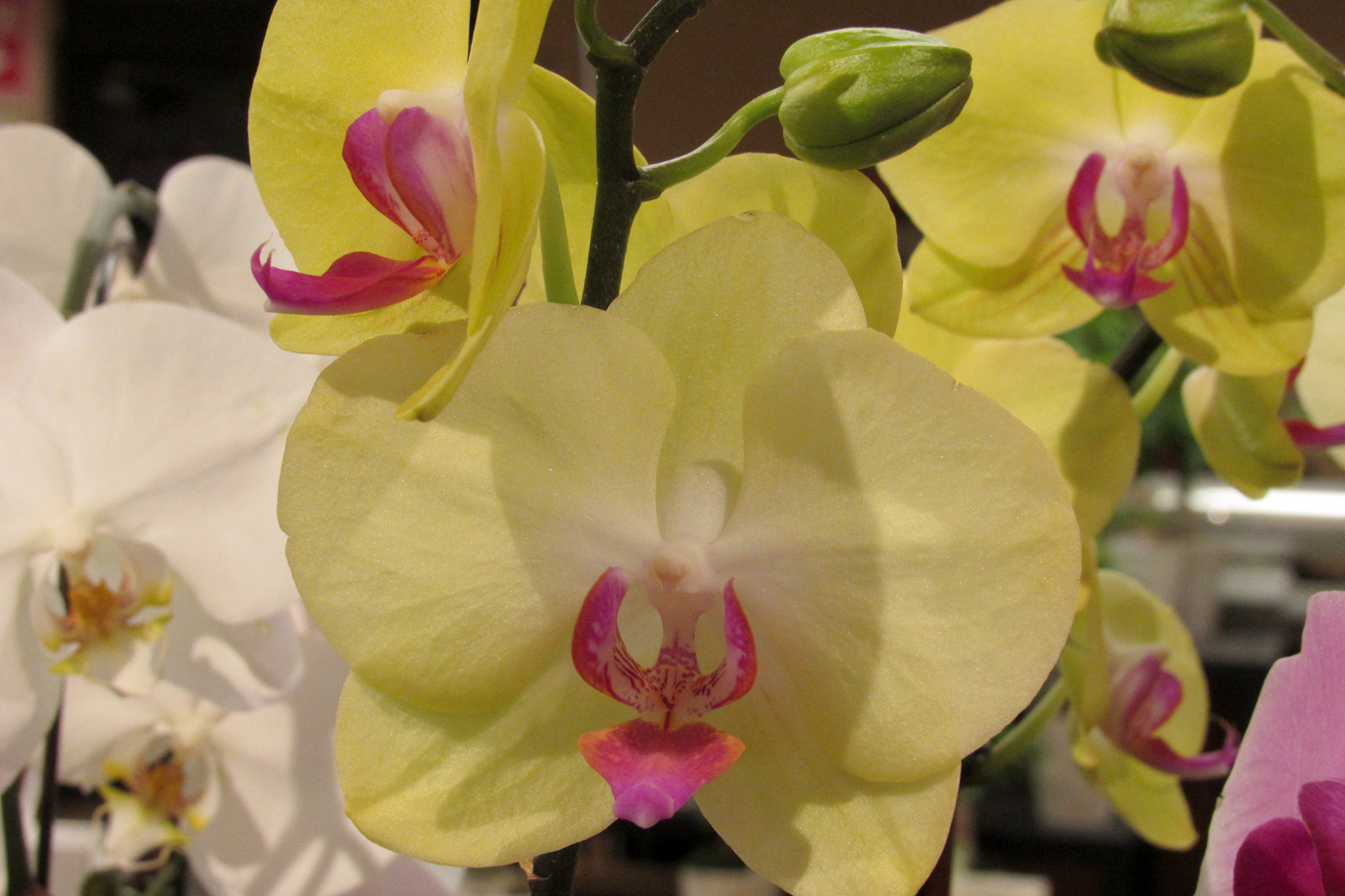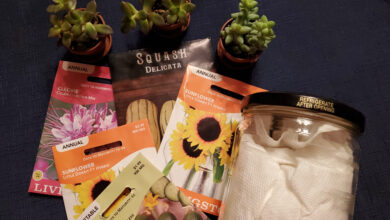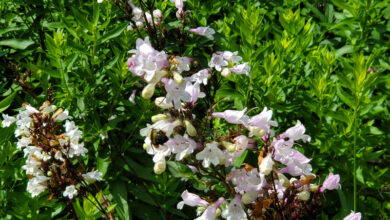Growing orchids indoors

As the winter drags on, you might want to consider adding some color and entrancing blooms inside your home with orchids. The beautiful exotic flowers will help to tide you over until spring finally arrives.
Right now, there are colorful displays of orchid plants in full bloom at area supermarkets and garden centers, and there’s no reason to be intimidated about bringing one home. Although orchids have had a reputation for being temperamental and difficult to grow, Michigan State University Extension says scientific research and tissue culture over the past two decades has resulted in house-friendly orchids that are affordable and easy to grow.
The Phalaenopsis orchid or “moth orchid” is one of the easiest to try. The plant has thick leaves and produces one or more “spikes” of blooms which resemble a moth with its rounded petals. Colors range from white to yellow to deep purple.
The thick, waxy leaves hold up better in the dry home environment than the slender foliage of other orchid varieties, and blooms can last for months.

When you get your orchid home, provide bright, indirect sunlight. Orchids, as well as other houseplants, do best with daytime temperatures in the 70s and nighttime temperatures from 55-65 degrees. In extreme cold, make sure your plants are kept away from windowsills – generally 12 to 36 inches away from a south window is best.
If the leaves of your orchid become wrinkled or floppy, it is a sign the plant is unhappy.
University of Illinois Extension recommends good drainage, as overwatering can kill most orchids. A soilless potting mixture containing either fir bark or osmunda fern fibers is best. You can also purchase orchid moss and bark for use as potting material.
Water once a week – the potting mix should dry slightly between waterings. Add enough water to run out the drainage holes at the bottom of the pot. Water carefully, as water splashed on the growing tip or unfolding leaves can cause the plant to rot.
Orchids can be fertilized with a water-soluble fertilizer once a month as part of normal watering. Over fertilizing orchids can also damage or kill the plant.
If you need to increase the humidity around the plant, set the pots on top of pebbles placed in a tray or saucer with water. Don’t let the pot sit in the water, but raised above it on the stones. The evaporating water will provide humidity around the plant.
More information about orchids of all kinds and their care is available at the American Orchid Society website: www.aos.org.






